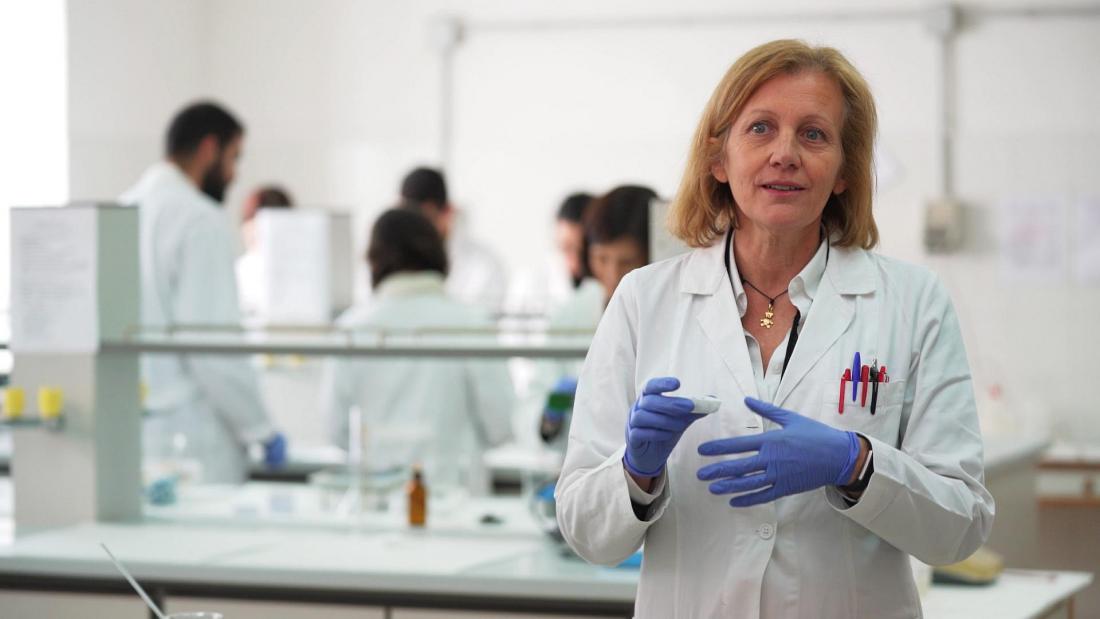BESTMEDGRAPE: comment le projet créera-t-il des opportunités commerciales à partir des marcs de raisin?

Contenu disponible uniquement en anglais.
On the first of September 2019, the BESTMEDGRAPE project was launched in 5 countries (Italy, France, Lebanon, Tunisia, Jordan), aiming at creating new business opportunities by transferring to potential entrepreneurs the scientific know-how on the sustainable use of grape pomace to manufacture cosmeceutical and nutraceutical products.
How will this project achieve its goal? How from the residue of the grape, new business opportunities will be created?
In a series of articles, we will walk you through the BESTMEDGRAPE project, from science to innovation, ecology, business, and more.
In this article, we will shed light on the scientific process.
From pomace to cosmeceutical and nutraceutical products
The BESTMEDGRAPE project transfer to potential entrepreneurs the green and scalable methodologies and nanotechnologies to be used to transform the extracts obtained from grape byproducts into cosmeceutical and nutraceutical products. It will exploit the pomaces produced during the winemaking which are rich in bioactive compounds, to manufacture new products for food, cosmetic and pharmaceutical industries.
How? Maria Manconi, the scientific responsible, explains that green, easy and scalable methodologies are applied to recover the active components from the grape pomaces. The phytocomplexes are extracted by maceration in ethanol and water, dried, loaded in nanocarriers and used to formulate cosmeceutical and nutraceutical products.
"Nanotechnology is the combination of science and technology involving systems in the nanoscale range, with size up to around 2-300 nanometers. It permits the creation of different materials and devices with a vast range of applications, such as nanomedicine, nanoelectronics and energy. In this project, we use phospholipid nanovesicles to load the grape phytocomplexes and deliver them to the human body", she added.

Final result
Four varieties of grapes from each of the 5 countries have been selected and characterized a long with the extracts obtained from these grapes. The content of the different extracts has been compared and the richer in bioactive compounds have been loaded in nanocarriers and used to formulate final products.
The final products resulted from this process will be face mask, lotion, cream and other cosmeceutical products, (which we will talk about it more in the upcoming articles), as well as pills, tablets... and other health-promoting products identified as food supplements and not drugs.
Business opportunities
This "easy" technology, as described by Manconi, will be transferred to potential entrepreneurs to manufacture these products at a pre-competitive level, therefore "we foresee the creation of at least one start-up in each involved country to commercialize these products", the scientist added.
Eco-friendly project
This process has a positive effect on the ecosystem, and this is also a goal for the BESTMEDGRAPE project. Maria Manconi explains that in many countries the grape pomaces are incorrectly disposed in open fields without prior treatments, creating environmental problems and contaminations. In addition, the utilization of industrial by-products to manufacture cosmeceutical and nutraceutical products avoids the extensive cultivation of other plants to obtain the same active components, thus reducing water and energy consumption.







